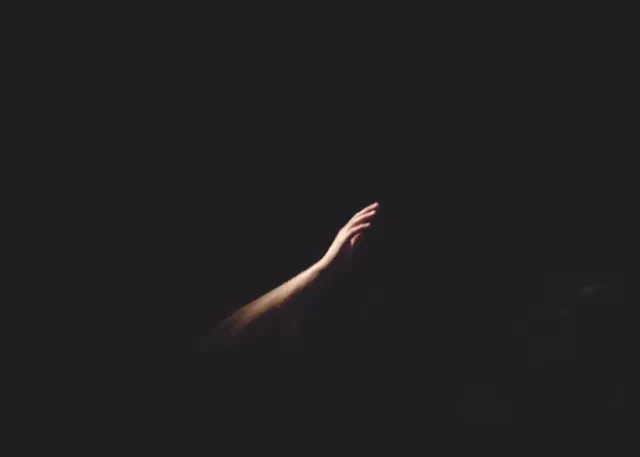Hallucinations are a common symptom that affect many people. Hallucinations are very distressing, and can have a lasting impact on an individual.
A hallucination can be defined as an event where an individual sees, hears, smells, feels, or tastes something that only exists in their mind.
There are five different types of hallucinations. Different hallucinations fall into various categories, as this article covers.

Auditory
An auditory hallucinations involves a person hearing something that isn’t actually there. But to the person hallucinating, it is a very real experience.
The most well-known example of an auditory hallucination is hearing voices.
The patient will often sense that the sounds are coming from inside or outside their mind. In some cases, they may feel that the voices are telling one another something, or compelling them to do something.
Visual
A visual hallucination is when a person sees something that isn’t actually there. As before, the person that is hallucinating believes this is happening.
An example of a visual hallucination would involve the person seeing someone they know – potentially someone that has passed away.
In line with its name, someone will see a visual hallucination through their eyes. Sometimes flashing lights can appear.
Tactile
A tactile hallucination is where a person feels something that isn’t truly there. Yet to the person hallucinating, the experience is very real.
An example of a tacticle hallucination involves a person feeling that they have insects crawling underneath their skin.
The feeling can either feel like they are on the skin, or under the skin. They may feel like they are being touched or patted by something.
Olfactory
An olfactory hallucination involves a person smelling something that isn’t there. But as before, the person experiencing it will be steadfast in their belief that what they are smelling is really there.
An example of an olfactory hallucination is believing that they can smell burning – as if there is a fire. The person may urge everyone to evacuate their surrounding area.
This sense involves the nose, and often involves someone smelling something on themselves. This can sometimes result in frequent washing.
Gustatory
A gustatory hallucination involves a person tasting something that isn’t truly there. To the person hallucinating, the experience seems real.
An example of this is when someone eats something, they may feel there is an odd or unexpected taste to it. They may feel like they have been poisoned.
This sense involves the mouth. Due to how much we eat and drink, gustatory hallucinations are quite common.
Summary
It is important to note that all types of hallucinations are difficult to live with – and none of the above five are considered any “easier” than others.
It can be particularly difficult for the person that is hallucinating, when others may be disputing their belief. This links in closely with delusions – another symptom of psychosis.
Irrespective of which type of hallucination is present, seeking treatment is the most important thing to do. Treatment for psychosis is available.
See Also
- What Are Hallucinations? Everything You Need to Know
- What Are Delusions? Everything You Need to Know
- What Are The Different Types of Psychosis?
- Psychosis Homepage
Disclaimer
This website should be used purely for informational purposes, and does not intend to, nor should it ever, be used as a replacement for professional medical advice.
We strive to keep all of our pages updated, and ensure that our website is full of factual and in-depth information. However, we encourage you to browse this website with care.
As a reminder, this website and all content within it cannot and should not replace the advice of a trained medical professional. You can read our full disclaimer at this link.
Helplines
If you are struggling with your mental health, help is available. With the right support and treatment, you can make a recovery. For information on helplines, or if you are in a state of crisis, please visit our crisis page by clicking on the relevant link for your geographical location (United Kingdom), (United States), (International). You can also see how to get mental health treatment and the process involved by clicking this link.






























